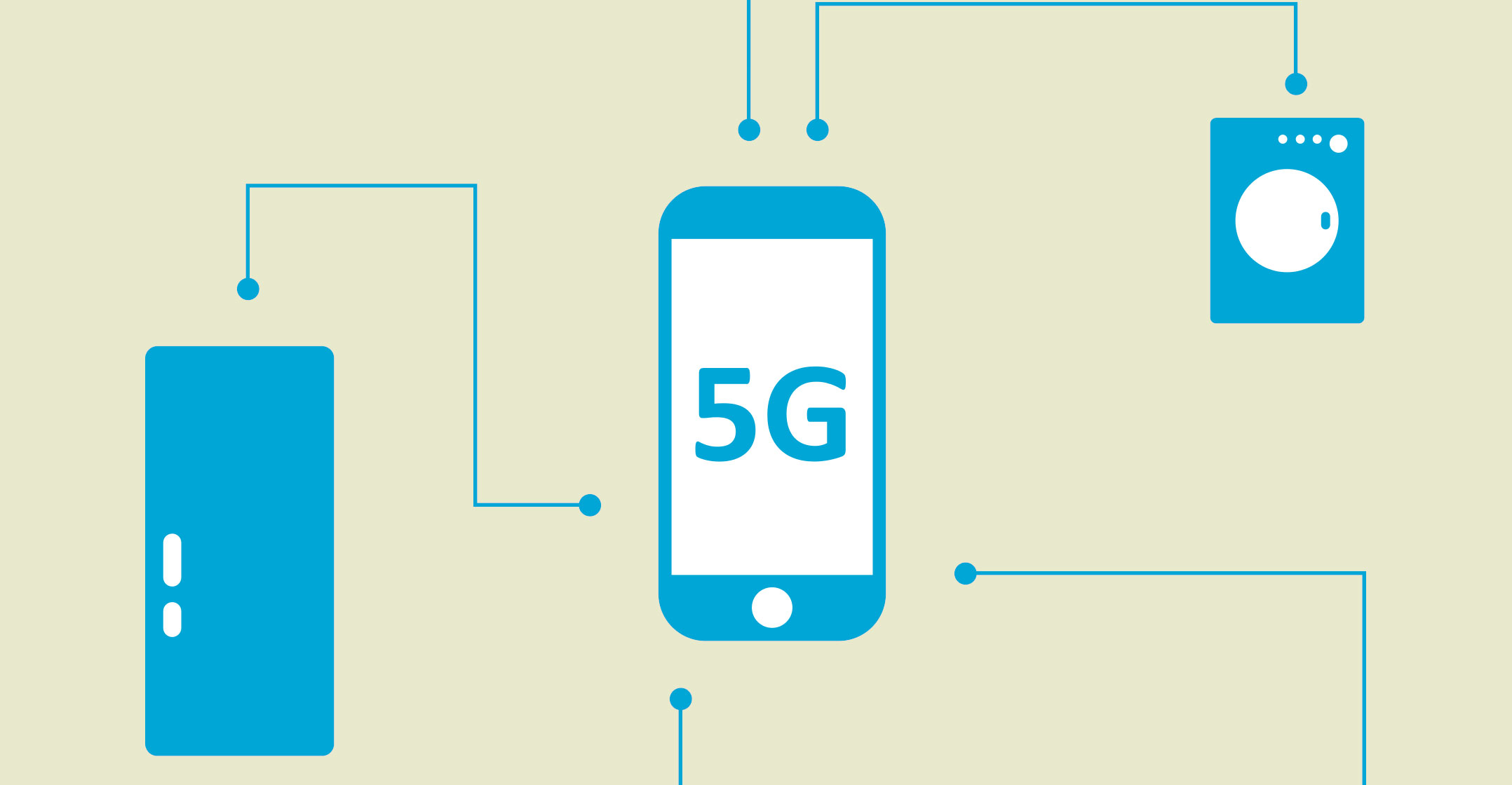 About 7% of telecommunications operators worldwide have already deployed 5G wireless network infrastructure, with the pace of roll-out expected to accelerate rapidly into 2020, according to new research from analyst firm Gartner.
About 7% of telecommunications operators worldwide have already deployed 5G wireless network infrastructure, with the pace of roll-out expected to accelerate rapidly into 2020, according to new research from analyst firm Gartner.
Gartner said it expects global 5G network infrastructure revenue to reach US$4.2-billion in 2020 — still a small fraction of total telecoms spend but an 89% increase on 2019’s figure of $2.2-billion.
The company expects that investments in 5G will account for 6% of the total wireless infrastructure revenue of communications service providers in 2019, and that this figure will reach 12% next year.
“For 5G deployments in 2019, communication service providers are using non-standalone technology. This enables them to introduce 5G services that run more quickly, as 5G New Radio (NR) equipment can be rolled out alongside existing 4G core network infrastructure,” said Gartner senior research director Sylvain Fabre in a statement. “In 2020, service providers will roll out standalone 5G technology, which will require 5G NR equipment and a 5G core network. This will lower costs for service providers and improve performance for users.”
Gartner said 5G services will be launched in many major cities in 2019 and 2020. Services have already begun in the US, South Korea and some European countries, including Switzerland, Finland and the UK. Operators in Canada, France, Germany, Hong Kong, Spain, Sweden, Qatar and the United Arab Emirates have announced plans to accelerate 5G network building in 2020.
Enterprise focus
Although consumers represent the main segment driving 5G development, the company expects operators will increasingly aim 5G services at enterprises. “5G networks are expected to expand the mobile ecosystem to cover new industries, such as the smart factory, autonomous transportation, remote healthcare, agriculture and retail sectors, as well as enable private networks for industrial users,” it said.
Equipment vendors view private networks for industrial users as a market segment with significant potential, it added. “It’s still early days for the 5G private network opportunity but vendors, regulators and standards bodies have preparations in place,” said Fabre.
 “Germany has set aside the 3.7GHz band for private networks, and Japan is reserving the 4.5GHz and 28GHz for the same. Ericsson aims to deliver solutions via service providers in order to build private networks with high levels of reliability and performance and secure communications. Nokia has developed a portfolio to enable large industrial organisations to invest directly in their own private networks.”
“Germany has set aside the 3.7GHz band for private networks, and Japan is reserving the 4.5GHz and 28GHz for the same. Ericsson aims to deliver solutions via service providers in order to build private networks with high levels of reliability and performance and secure communications. Nokia has developed a portfolio to enable large industrial organisations to invest directly in their own private networks.”
National 5G coverage will not occur as quickly as with past generations of wireless infrastructure, said Fabre. “To maintain average performance standards as 5G is built out, service providers will need to undertake targeted strategic improvements to their 4G legacy layer, by upgrading 4G infrastructure around 5G areas of coverage.
“A less robust 4G legacy layer adjoining 5G cells could lead to real or perceived performance issues as users move from 5G to 4G/LTE Advanced Pro. This issue will be most pronounced from 2019 through to 2021, a period when 5G coverage will be focused on hotspots and areas of high population density.” — © 2019 NewsCentral Media




